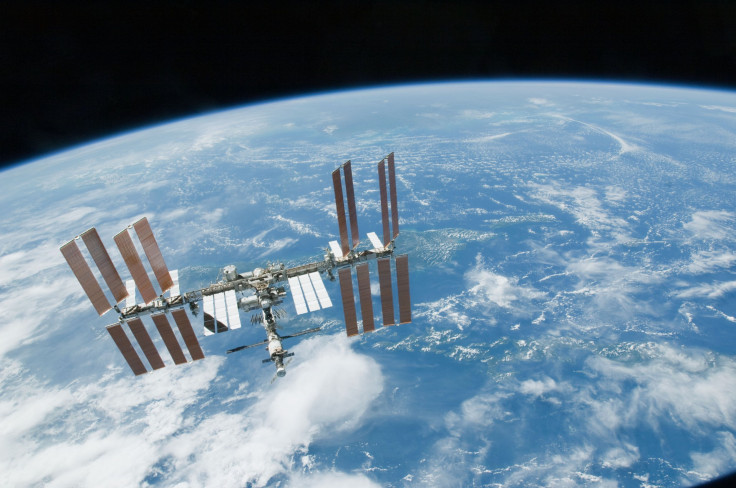Russia’s Fedor Rescue Robots Could Fly To International Space Station In 2019

A pair of rescue robots developed by Russia could fly to the International Space Station as soon as next year — not as cargo but in the form of robotic crew members.
The androids, named Final Experimental Demonstration Object Research (Fedor), might fly to the station on an unmanned Soyuz spacecraft, an anonymous source from the rocket and spaceflight industry told Russian news agency RIA Novosti.
“We are considering the idea of using the launch of the Soyuz unmanned spacecraft in the next year for the test flight of the robot Fedor into space, and it is proposed to fly one and two robots at once," the source stated, adding officials at the Russian space agency (Roscosmos) have already given the preliminary nod to send the robot on a test spaceflight.
The flight, expected to happen sometime around August, will deliver cargo to the station and serve as a test-bed to demonstrate a range of capabilities equipped with robots.
While the report does not mention the capabilities bundled with the bots or exact mission of the robots, it does note the androids will not helm the spacecraft toward the station. Instead, they will sit as passengers and use a series of algorithms to provide regular updates related to the in-flight scenario such as the state of overloads or the temperature levels prevailing inside the craft.
All of the information captured during this mission will be used to improve the robotic prototypes and prepare them for future flights on Federation, a partially reusable spacecraft currently being developed by Roscosmos.
"The first prototype for the flight tests is planned to emerge by mid-2019,” Sergei Khurs, head of the robot project and director of the National Center for Technology Development and Basic Robotics, told Russian news outlet TASS. “Overall, three prototypes will be made. They will be involved in various types of pre-flight tests (autonomous, design development and comprehensive trials)" before the first flight on Federation.
The new spacecraft, which is being developed as a replacement for Soyuz, will work pretty much like NASA’s Orion spacecraft. It will have room for four cosmonauts and is expected to go into the testing phase sometime around 2022.
As of now, the agency is expected to conduct three tests flights to check the functioning of the spacecraft. Some of these missions could be crewed, but all of them are likely to carry space-configured Fedor robots into space.
These machines were first developed in 2014 for rescue missions or to conduct high-risk tasks that we humans may find difficult to accomplish. However, Roscosmos later expressed interest to customize the bots for future space missions. Since then, the robots have demonstrated a range of capabilities such as driving a car, lifting heavy weights, using a drill or shooting a gun with both hands — something that made major headlines last year and could raise some questions when it flies to the space station next year.
© Copyright IBTimes 2024. All rights reserved.




















